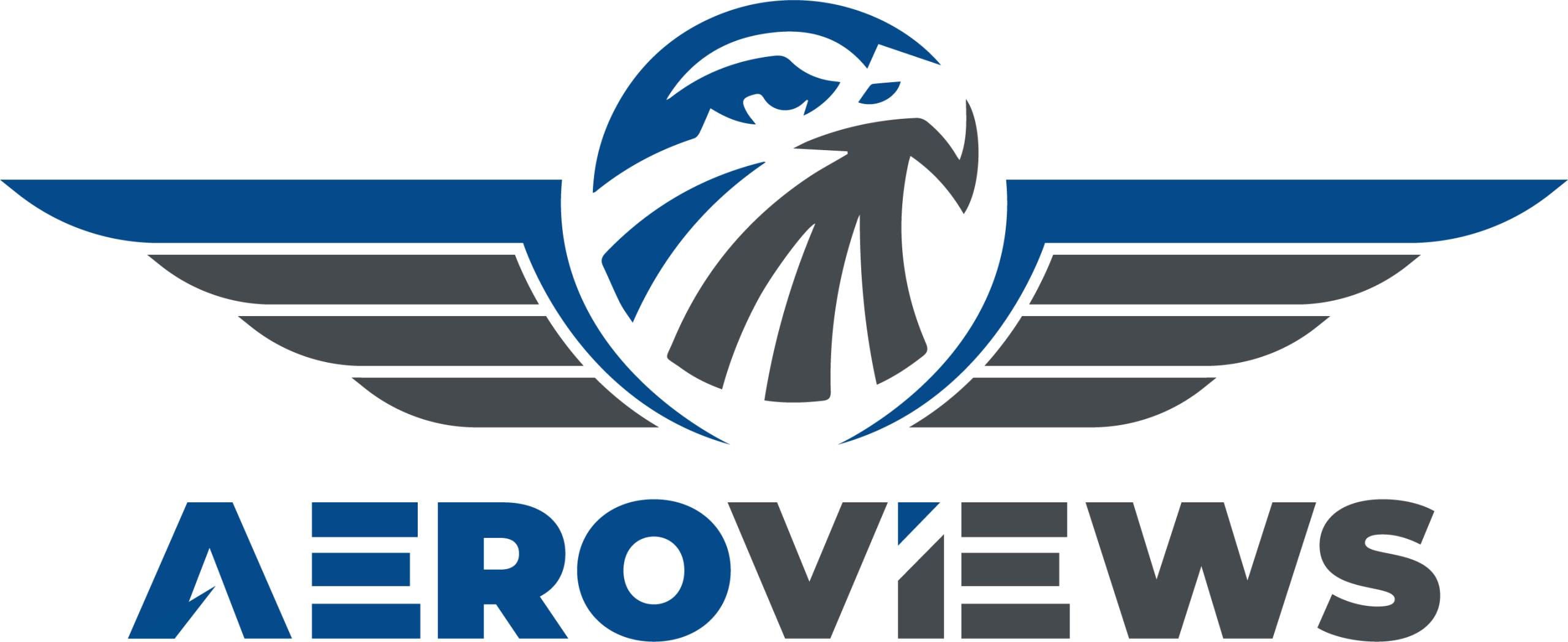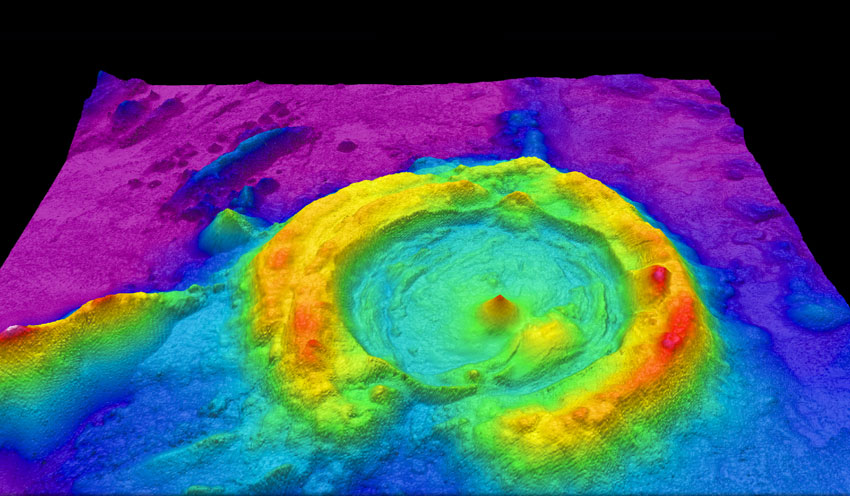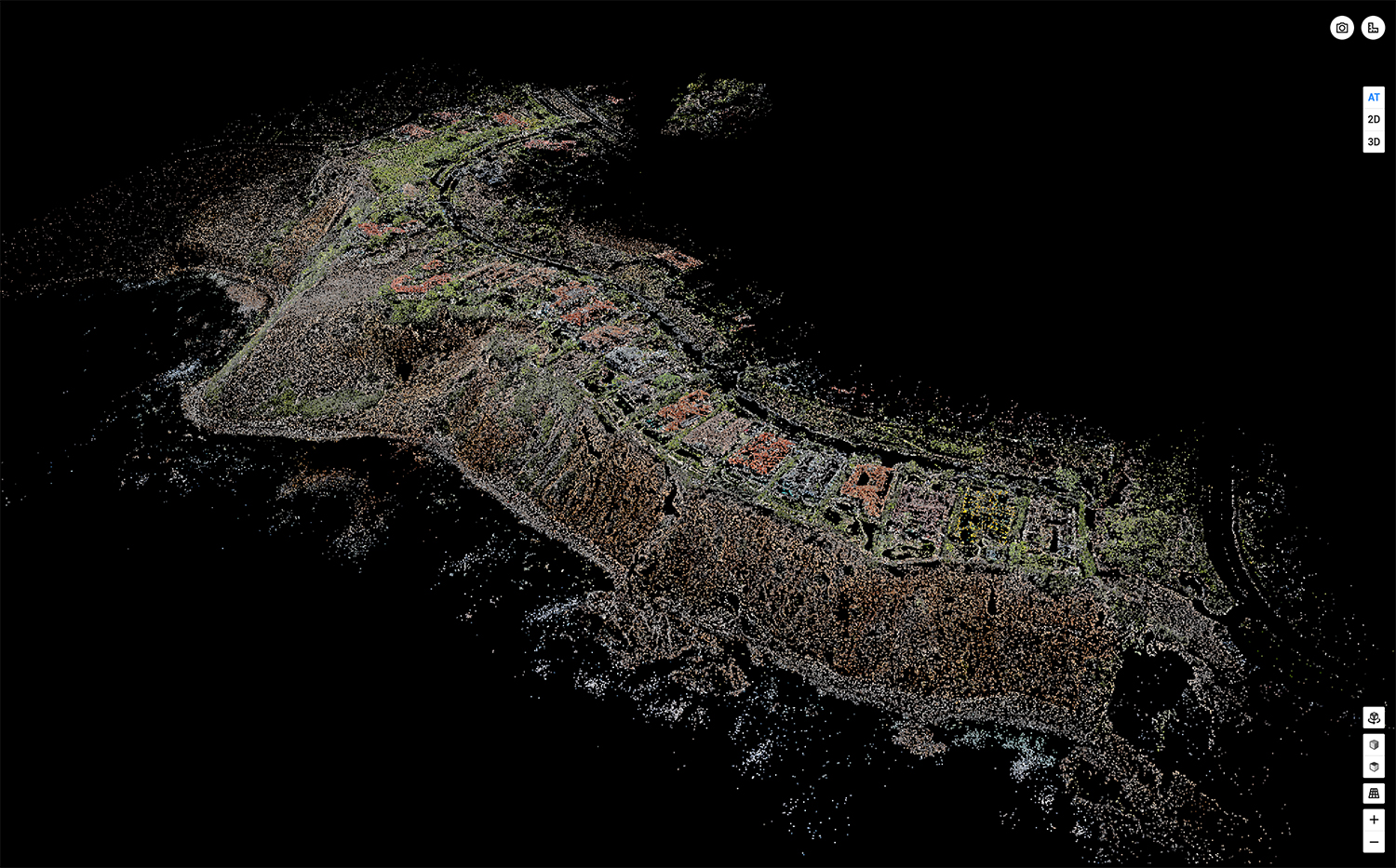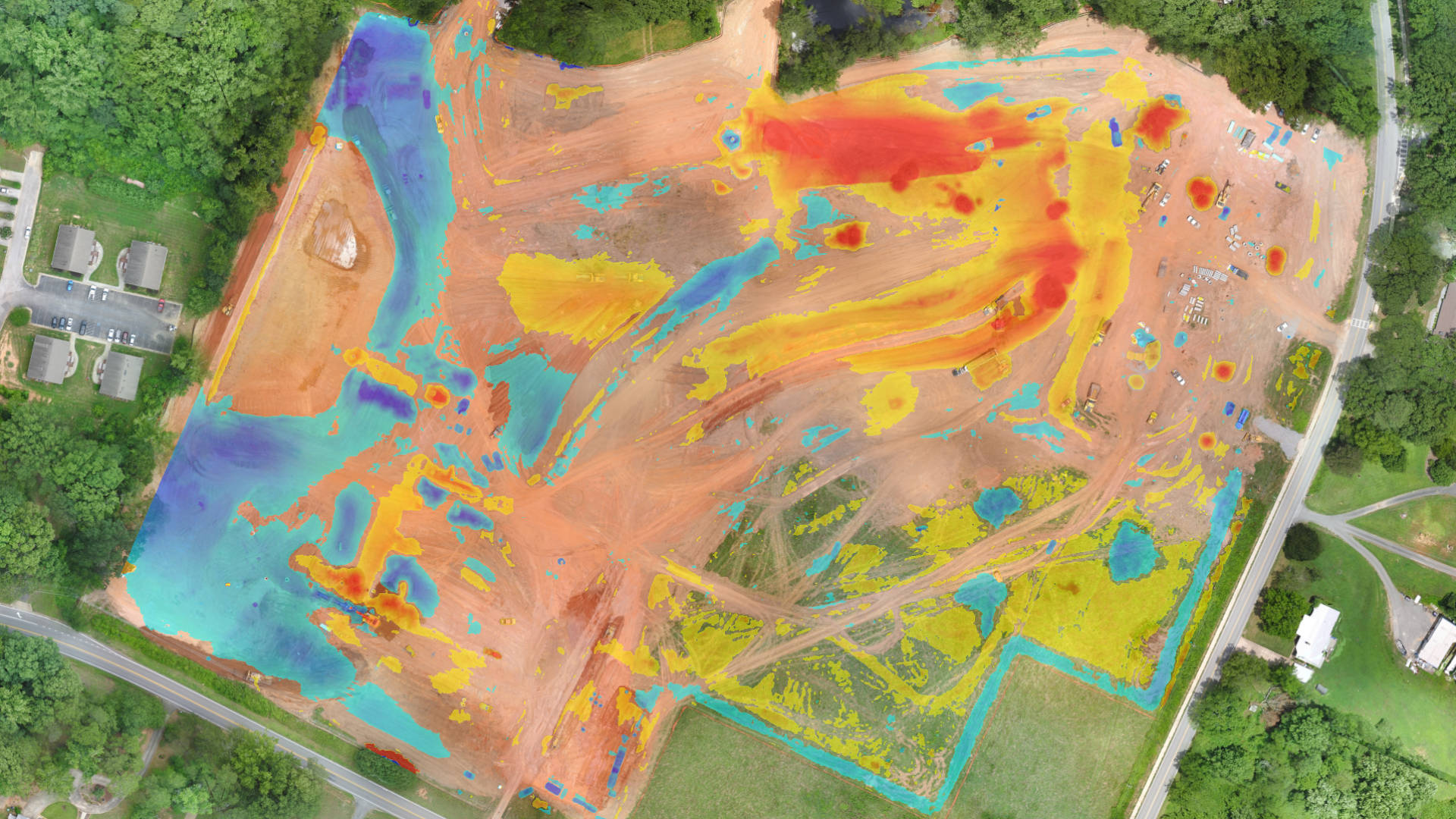DJI, the world’s largest drone manufacturer, recently announced a game-changing policy shift: the removal of geofencing restrictions in the United States. This decision, which eliminates automated no-fly zones enforced by DJI’s software, empowers drone pilots with greater operational freedom. However, it also places a heightened responsibility on pilots to comply with regulations. Let’s explore this bold move, its technical underpinnings, real-world implications, and what it means for the future of drone operations.
Understanding Geofencing and Its Evolution
Geofencing is a technology that creates virtual boundaries using GPS and navigation systems. In DJI drones, geofencing worked by restricting flight in sensitive areas, such as airports, military zones, and national landmarks. When pilots approached these zones, the drones would either prevent entry or require a complex unlocking process with appropriate authorization.
DJI’s system aimed to enhance airspace safety and reduce risks, especially as drones became more common. However, critics argued that geofencing often hindered legitimate operations, particularly in emergencies or areas with ambiguous restrictions.
With the removal of geofencing, DJI has introduced a new model: advisory notifications. Pilots now receive warnings about restricted areas but can choose to proceed. This shift aligns with the Federal Aviation Administration’s (FAA) stance that airspace compliance is ultimately the operator’s responsibility.
Technical Analysis: How This Impacts Drone Operations
Geofencing Technology: What’s Changing?
Previously, DJI’s drones relied on GPS and navigational databases to enforce geofencing. Sensitive areas were preprogrammed into the firmware, dynamically updated as zones changed. Pilots had to request permission to unlock zones for legitimate reasons—a process sometimes delayed by technical or bureaucratic hurdles.
With geofencing removed:
- No Automatic Restrictions: Pilots are free to fly in previously restricted areas, assuming they comply with regulations.
- Warnings and Alerts: DJI drones now provide advisories, leveraging the FAA’s Remote ID technology, which requires drones to broadcast identification and location data in real-time.
Safety Features Beyond Geofencing
While geofencing was a critical safety measure, DJI still offers robust safety features:
- Obstacle Avoidance Systems: Advanced sensors to prevent collisions.
- Real-Time Airspace Data: Integration with FAA tools like LAANC (Low Altitude Authorization and Notification Capability) for immediate airspace updates.
- Failsafe Mechanisms: Return-to-home functions and emergency landing protocols remain intact.

Real-World Impacts
Industries Benefiting from the Change
- Emergency Services: First responders often require immediate access to restricted zones. Removing geofencing eliminates delays caused by unlocking procedures.
- Agriculture: Farmers can now efficiently survey lands near airstrips or government facilities without encountering unnecessary roadblocks.
- Infrastructure Inspections: Inspecting bridges, towers, or power lines near restricted zones becomes more streamlined.
Case Studies of Past Incidents
| Date | Location | Incident | Could Geofencing Have Helped? |
|---|---|---|---|
| Jan 2015 | Washington, D.C. | A DJI Phantom 3 drone crashed on the White House lawn. | Yes |
| Dec 2018 | London, UK | Drone activity near Gatwick Airport caused mass flight cancellations. | Yes |
| Jan 2025 | Los Angeles, CA | A DJI drone interfered with firefighting efforts during a wildfire. | No |
Community Reactions: Praise and Criticism
The Drone Pilots’ Perspective
As a drone pilot myself, this policy feels like a double-edged sword. On one hand, the freedom to fly without arbitrary restrictions is liberating, especially for professionals who understand the rules. On the other hand, it places immense responsibility on pilots to avoid mistakes that could endanger others.
- Supporters: Many pilots welcome the flexibility, arguing that most operators are responsible enough to fly safely without automated barriers.
- Critics: Skeptics worry about inexperienced pilots entering sensitive zones, raising safety and security concerns.
Regulatory Bodies’ Take
The FAA has expressed cautious optimism. By integrating Remote ID, the agency believes it can maintain oversight while granting pilots more autonomy. However, enforcement remains a challenge, particularly for rogue operators.
Deeper Comparisons: How Other Manufacturers Handle Restrictions
| Manufacturer | Geofencing Policy | Implications for Pilots |
|---|---|---|
| DJI | Advisory-only warnings with freedom to override restrictions. | Empowers experienced pilots; increases risks. |
| Autel Robotics | Minimal geofencing, relying on pilot responsibility. | Similar to DJI’s approach. |
| Parrot | Allows geofencing overrides after obtaining permissions. | Balances safety with operational flexibility. |
| Skydio | Enforces strict geofencing in sensitive zones; unlocking requires government approval. | More restrictive but ensures compliance. |
Broader Implications: What Does This Mean for the Drone Industry?
Economic Impact
The removal of geofencing could boost industries reliant on drones, such as real estate, agriculture, and entertainment. Fewer operational barriers mean faster workflows and potentially lower costs.
Environmental Considerations
While beneficial for certain operations, unrestricted drone flights could disrupt wildlife, particularly in conservation areas. Clear guidelines will be essential to mitigate such risks.
Future of Drone Regulations
DJI’s move might signal a broader trend toward operator autonomy. However, it raises questions about how other manufacturers and regulatory bodies will adapt. Could we see stricter enforcement of Remote ID or even mandatory training for all pilots?
Navigating the New Landscape: Tips for Safe and Responsible Flying
As pilots, we are now at the forefront of ensuring the safe integration of drones into airspace. Here’s how to stay prepared:
- Use Trusted Tools: Apps like FAA’s B4UFLY can help you stay informed about airspace restrictions.
- Practice Good Judgment: Avoid high-risk areas, even if your drone permits entry.
- Stay Certified: Renew certifications and consider advanced training courses to stay ahead of regulations.
- Engage with Communities: Join local drone groups to share insights, best practices, and updates on evolving rules.
Conclusion
DJI’s decision to remove geofencing marks a pivotal moment in the evolution of drone technology. While it empowers operators with unprecedented freedom, it also places a heavier burden on them to act responsibly. For drone pilots like myself, this is both a challenge and an opportunity—to showcase our professionalism, adapt to new tools like Remote ID, and advocate for safe, informed flying practices. The sky is no longer the limit; it’s our responsibility.




